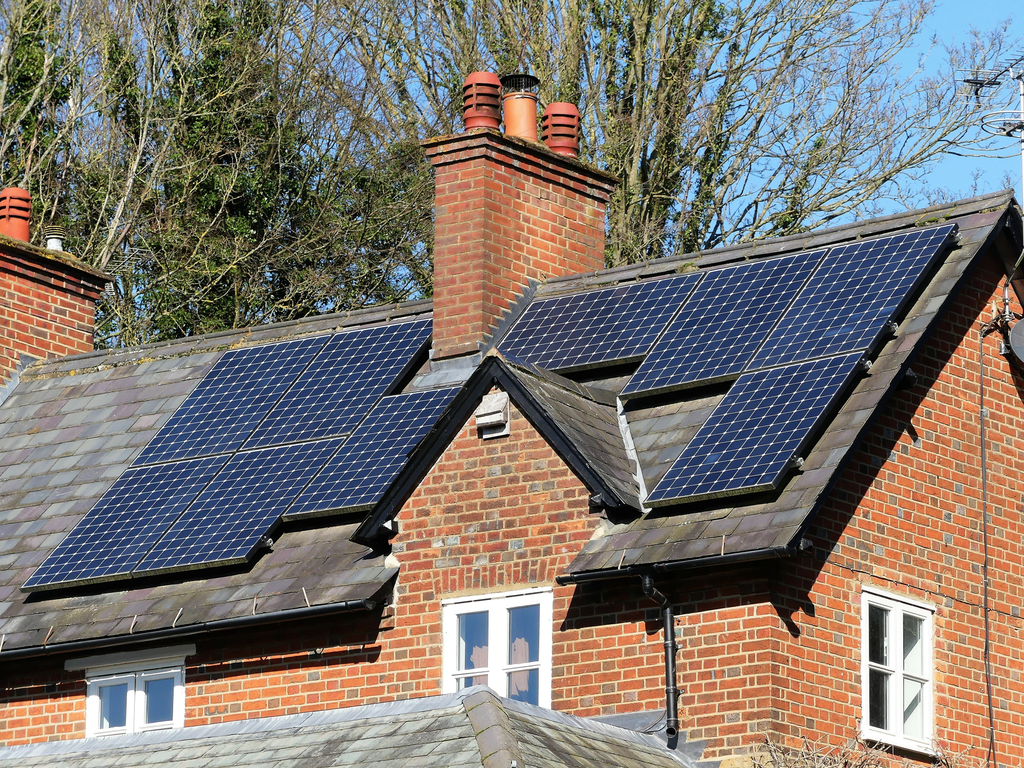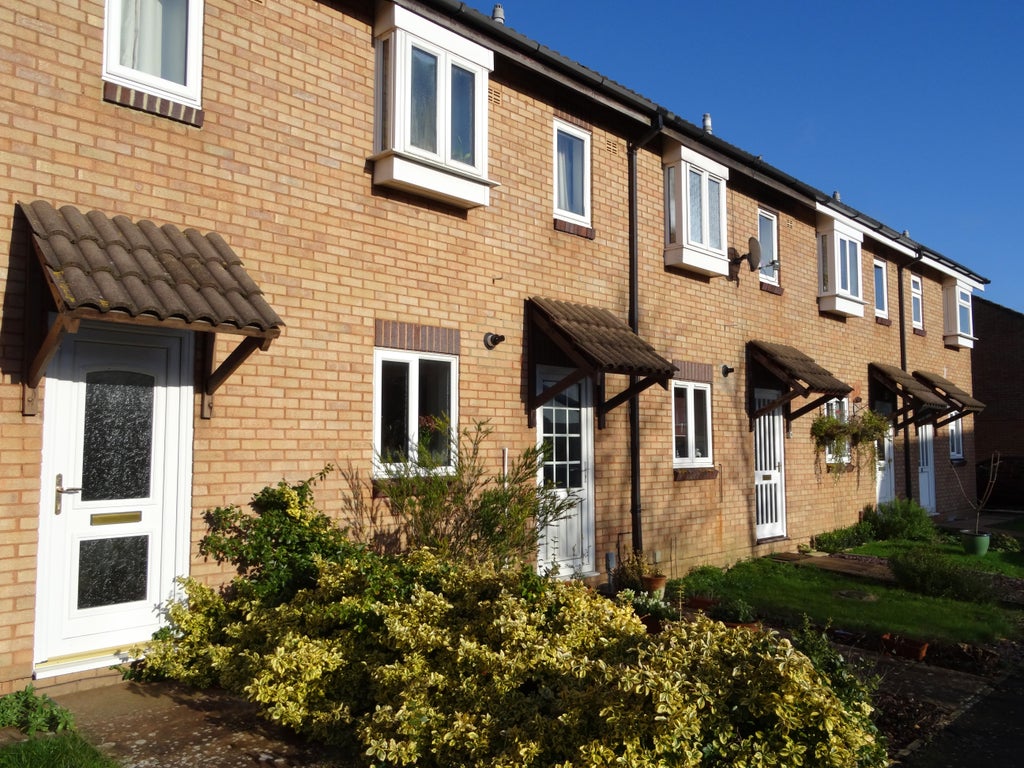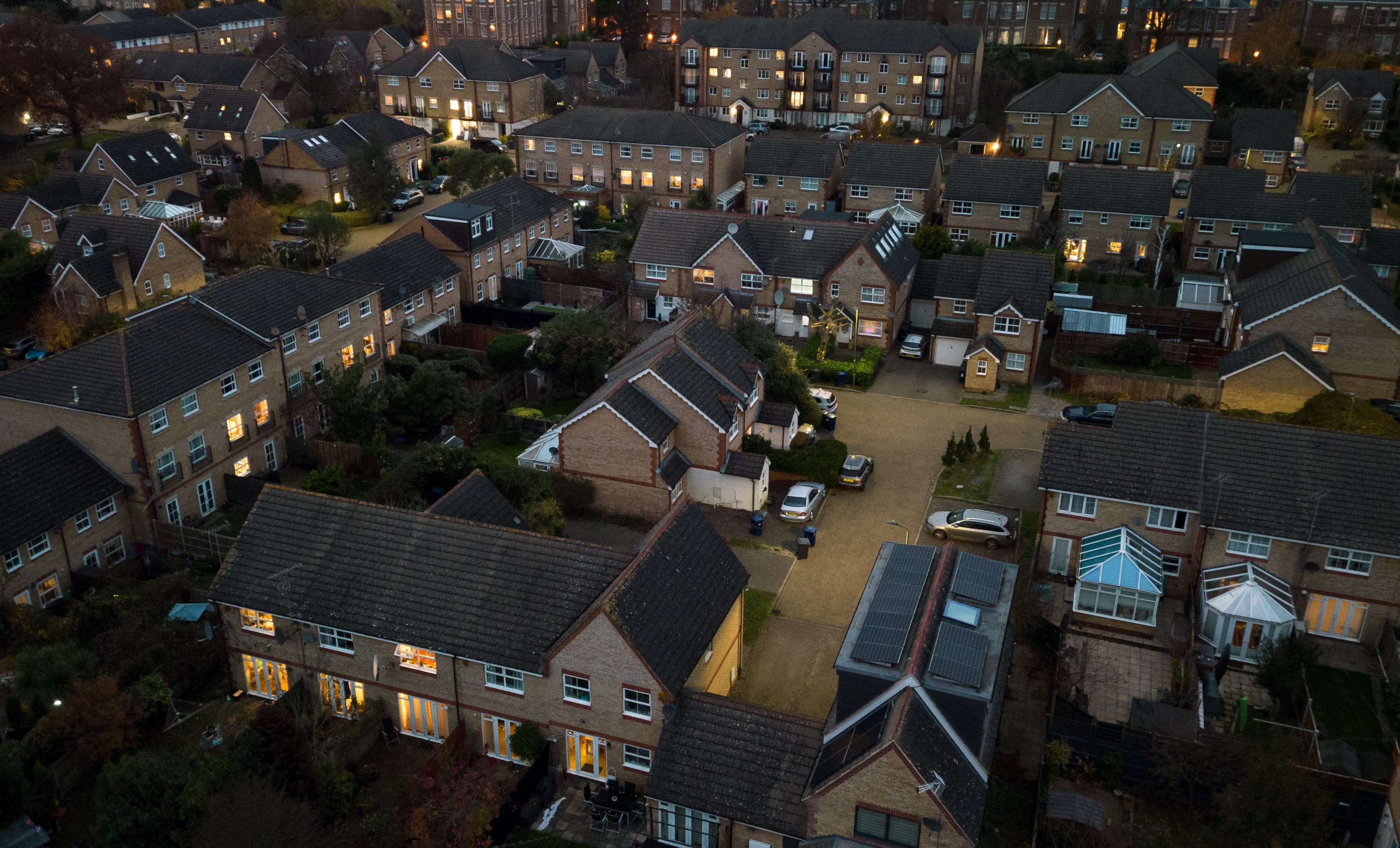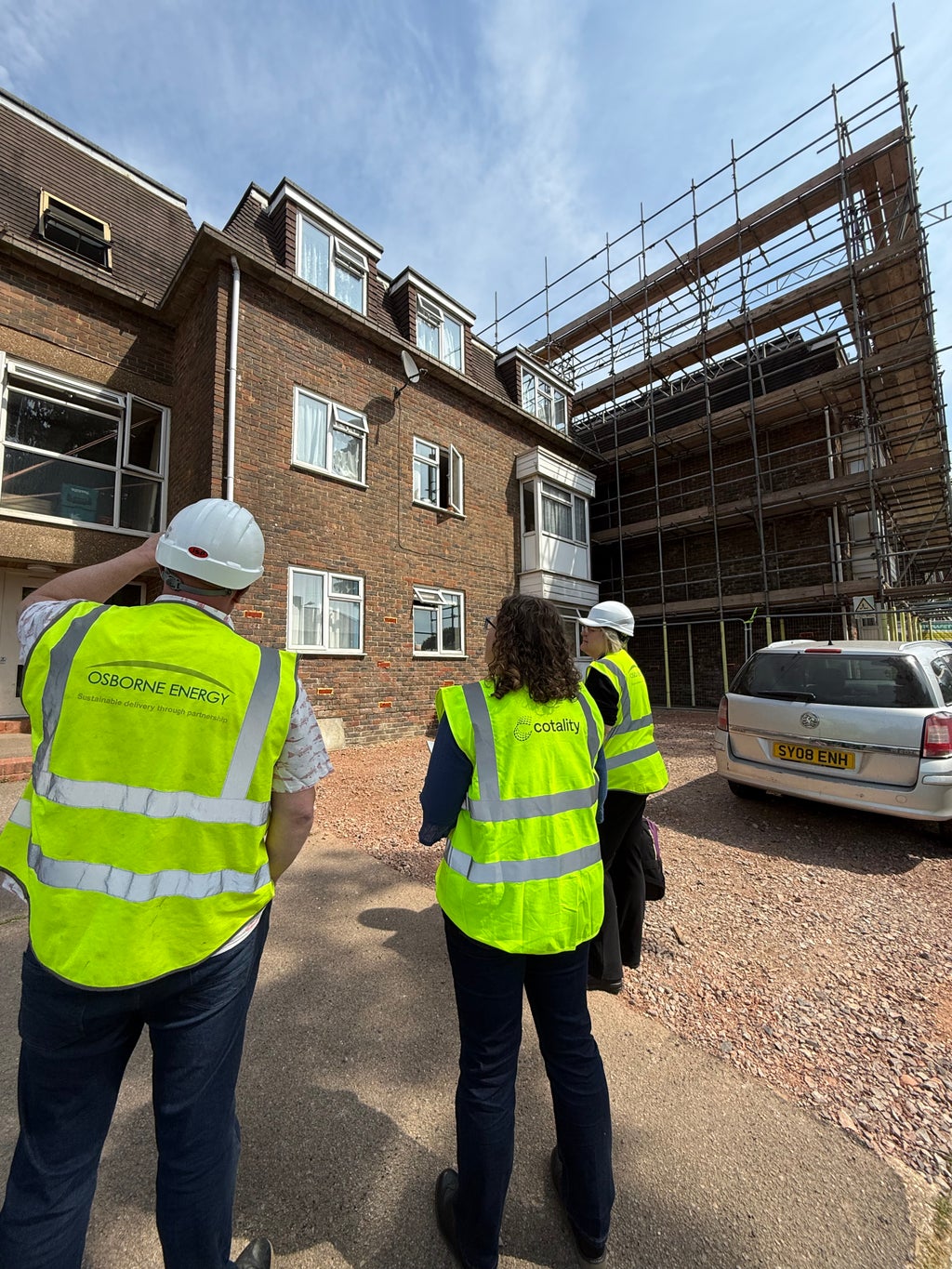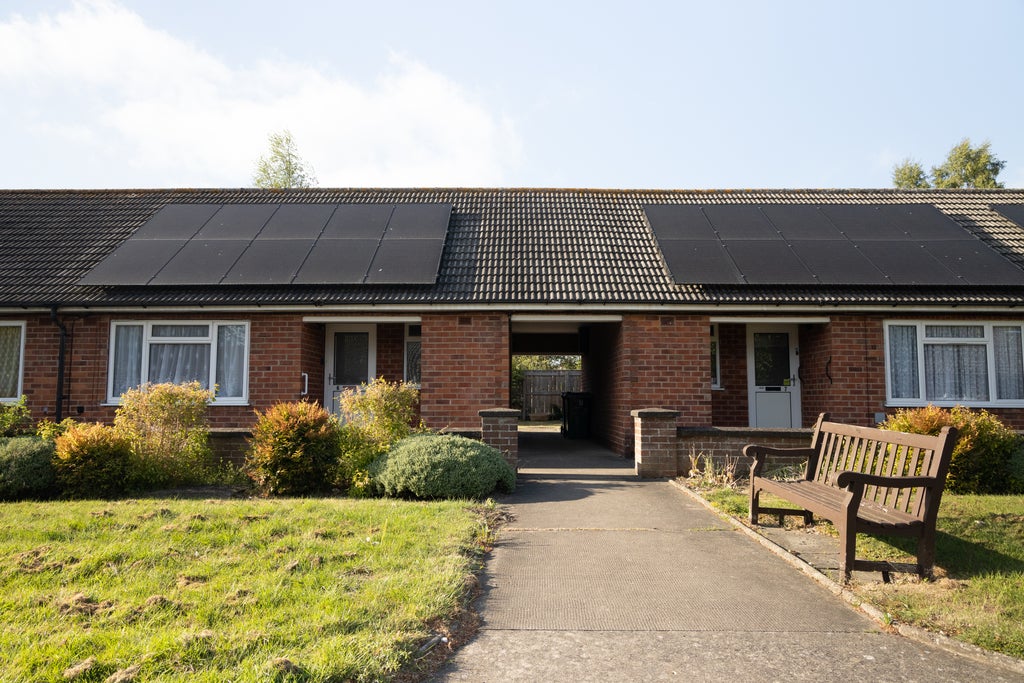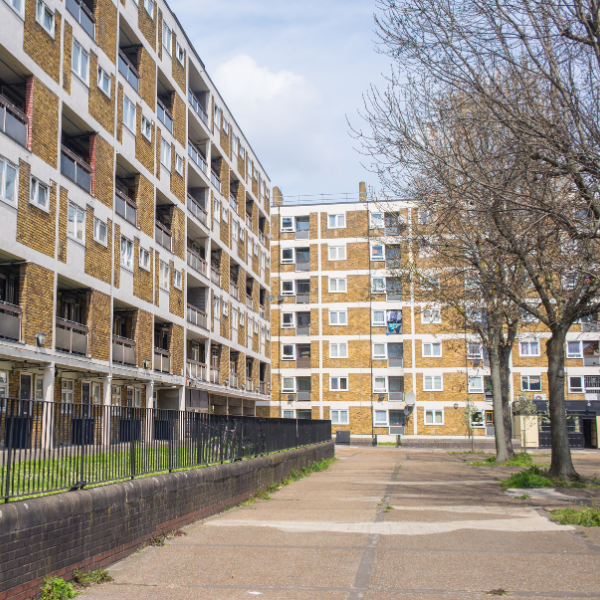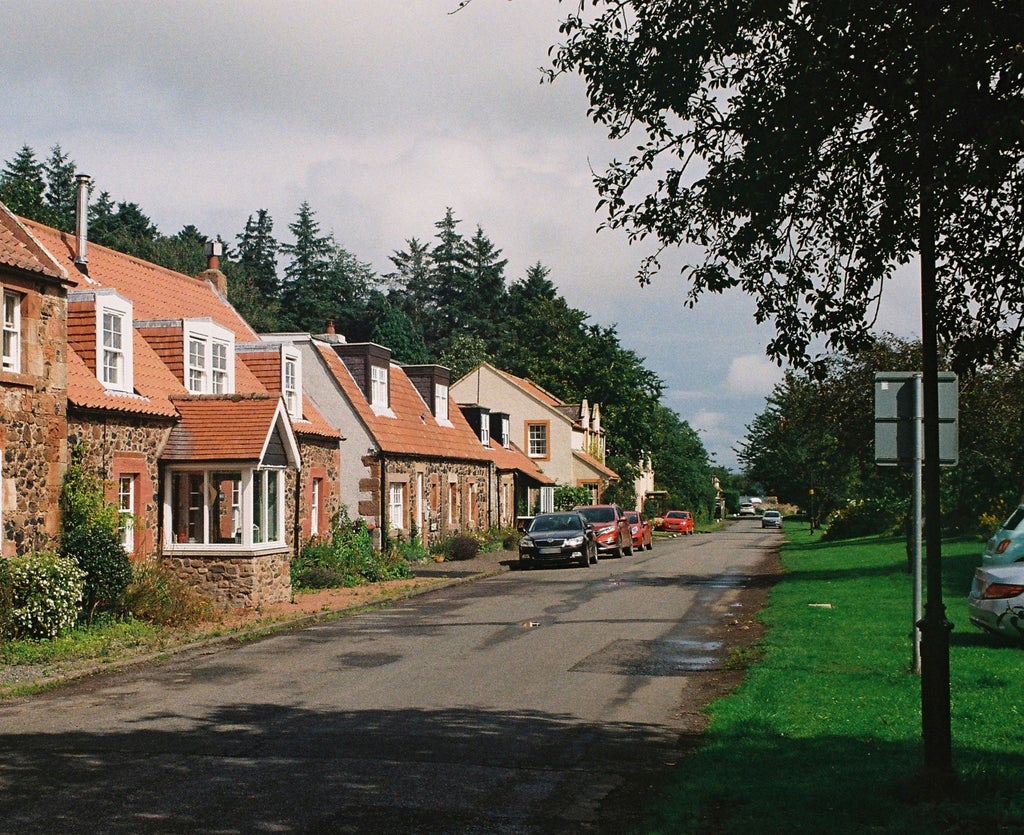Over the past 25 years, there has been progress on energy efficiency, but policies have been fragmented with too many barriers remaining.
Cotality has drawn on its decades of experience to assess the lessons policy-makers need to learn in our latest white paper.
In summary:
- Focus on success – is the policy trying to deliver too much?
- Keep it simple – will the policy build consumer confidence?
- Support market acceleration – will the policy encourage private sector investment?

25 years of energy efficiency policy
Early 2000s: Programmatic and Targeted Support
Policies such as the Warm Front Scheme (2000–2013) focused on alleviating fuel poverty by offering grants for heating and insulation to low-income households. In parallel, the Energy Efficiency Commitment (EEC) and Carbon Emissions Reduction Target (CERT) required energy suppliers to help households reduce consumption, primarily through loft and cavity wall insulation.
2010s: Market-Driven and Local Approaches
This era saw a shift toward market-led mechanisms and austerity-led policy-making meant an end to government funded programmes such as Warm Front. The Green Deal (2013) aimed to enable “pay-as-you-save” retrofits via loans repaid through energy bills. However, poor uptake, complex processes, and mistrust led to its failure. The ECO (Energy Company Obligation)—launched in 2013 and still in operation—continued to place energy-saving obligations on suppliers, with a focus on fuel poverty and hard-to-treat homes.
2020s: Net Zero
In response to the UK’s legally binding Net Zero 2050 target, energy efficiency has re-emerged as a key policy area for debate. Programmes like the Green Homes Grant (2020) aimed to boost retrofit uptake, but were hampered by administrative delays and an abrupt closure.
More recent announcements have focused on tightening Minimum Energy Efficiency Standards (MEES) for private landlords and committing to upgrade homes to EPC band C by 2035, where “practical, cost-effective, and affordable”.

Lessons learnt
Our practical recommendations point to the opportunity for more effective, durable, and data-informed energy efficiency policy. They are rooted in what has been learned on the ground, in the field, and at the interface between policy and people.
Fundamentally, across the policies considered by the White Paper we have seen policies lose sight of what they aim to achieve.
And so we ask policy-makers to assess options against three questions, set out here with example lessons learnt:
1. Focus on success – is the policy trying to do too much?
- EPC reform must empower participants in the property market.
- MEES regulations must work with buy-to-let finance timescales, so lenders can manage associated risk.
- Decarbonisation of heating is important but fabric improvement is vital to delivery of warm homes.
- Going beyond the EPC with tailored, independent advice and installation oversight can overcome the trust barrier.
- Government can remove data barriers that place friction on key actors, including Accreditation Schemes, local authorities and lenders.
2. Keep it simple – will the policy build consumer confidence?
- A public engagement campaign needs to talk to voters/homeowners/landlords’ interests and make use of trigger points within government control.
- EPCs should focus on relevant, straightforward and comparable performance metrics.
- The most vulnerable households are hard-to-reach - is outsourcing to insulation contractors the most effective route?
- A stable long-term policy framework, rather than short-term innovation funding, will enable private sector investment and support consumer confidence.
- Embed quality control to drive improvement in the supply chain.
- Invest in incentives that communicate urgency to bring forward demand.
3. Support market acceleration – will the policy encourage private sector investment?
- Enable a competitive, national quality assured market alongside targeted local funding to avoid a postcode lottery.
- Give fabric performance improvements comparable support to that available to heat pumps.
- Revise energy pricing so that low carbon heating does not face the communication barrier of greater cost.
- Carrots alongside sticks - a holistic approach is required.
Download the white paper below to find out more about the individual lessons learnt.







